Best Seasons for Storm Restorations
Storm restorations are most effectively performed during periods of calm weather, typically in late spring and early fall. These times allow for thorough inspections and repairs without the interference of severe weather conditions, reducing the risk of further damage and ensuring safety during the restoration process.
Late spring and early fall generally offer the best conditions for storm restoration projects, with milder weather and less risk of additional storms.
Performing restorations during favorable weather minimizes delays and enhances safety for workers and property owners.
Severe weather can cause delays and increase costs, making it crucial to choose the right season for repairs.
Preparing in advance of storm seasons can reduce damage extent and expedite restoration efforts when storms occur.
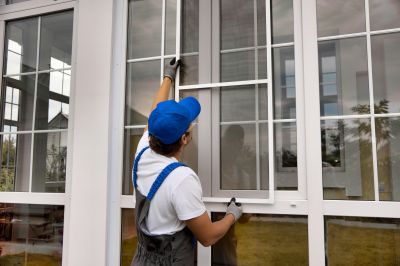
Ways to make Storm Restorations work in tight or awkward layouts.
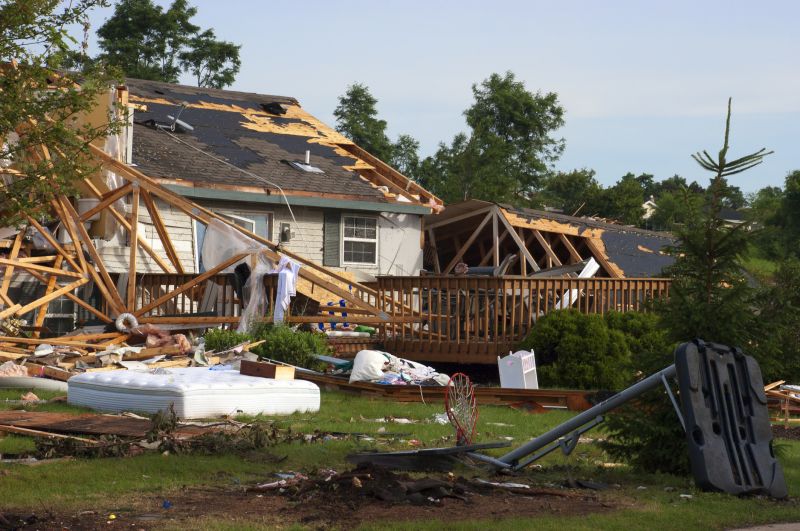
Popular materials for Storm Restorations and why they hold up over time.
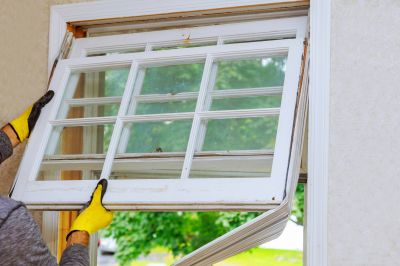
Simple add-ons that improve Storm Restorations without blowing the budget.

High-end options that actually feel worth it for Storm Restorations.
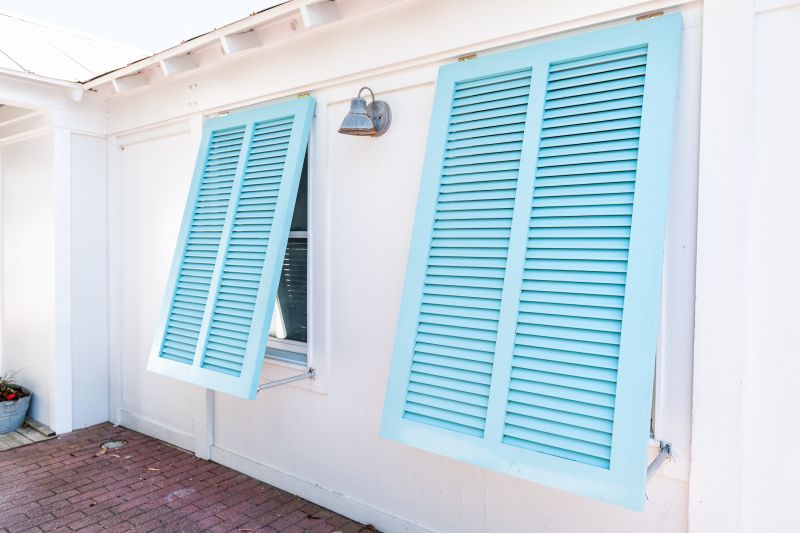
Finishes and colors that play nicely with Storm Restorations.
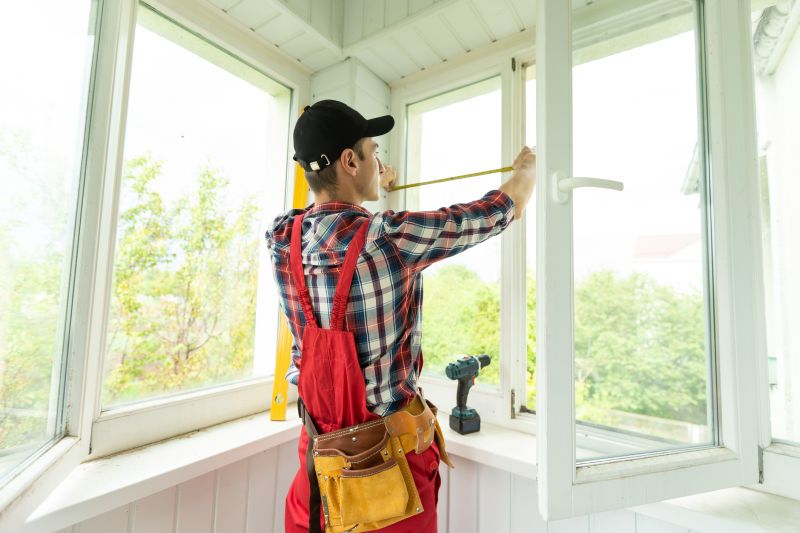
Little measurements that prevent headaches on Storm Restorations day.
| Season | Advantages |
|---|---|
| Spring | Milder weather, ideal for inspections and repairs. |
| Summer | Longer daylight hours, good for extensive restoration work. |
| Fall | Prepares properties before winter storms, less severe weather. |
| Winter | Limited window for outdoor restoration due to cold and snow. |
| Post-Storm Periods | Critical for damage assessment and emergency repairs. |
Storm restorations involve repairing and restoring properties damaged by severe weather events such as hurricanes, high winds, and heavy rainfall. These repairs often include roof replacements, siding repairs, window replacements, and structural reinforcement. Timely restoration minimizes further damage and helps maintain property value.
Statistics show that the majority of storm-related damages occur during specific seasons, with peak activity often in late summer and early fall. Proper planning and scheduling restorations during optimal weather periods can reduce costs and improve safety outcomes.
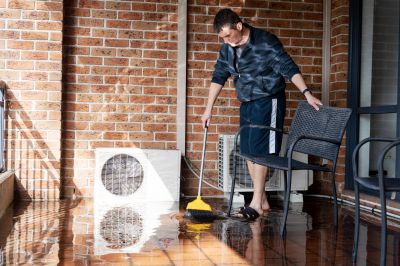
A 60-second routine that keeps Storm Restorations looking new.
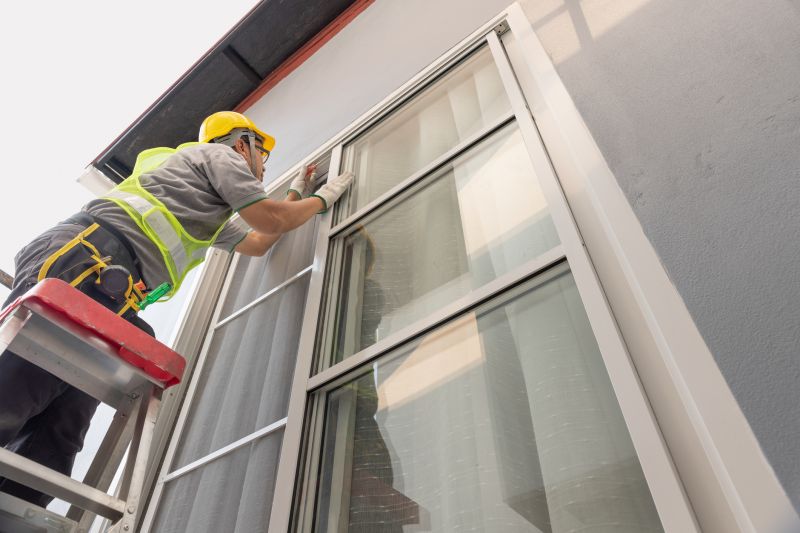
A frequent mistake in Storm Restorations and how to dodge it.

Small tweaks to make Storm Restorations safer and easier to use.

Lower-waste or water-saving choices for Storm Restorations.

The short, realistic tool list for quality Storm Restorations.

Rough timing from prep to clean-up for Storm Restorations.
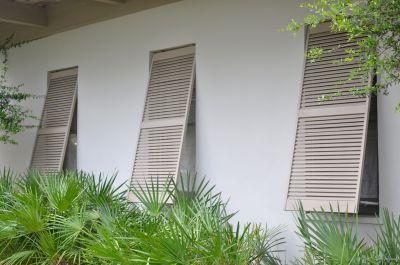
Quick checks and paperwork to keep after Storm Restorations.
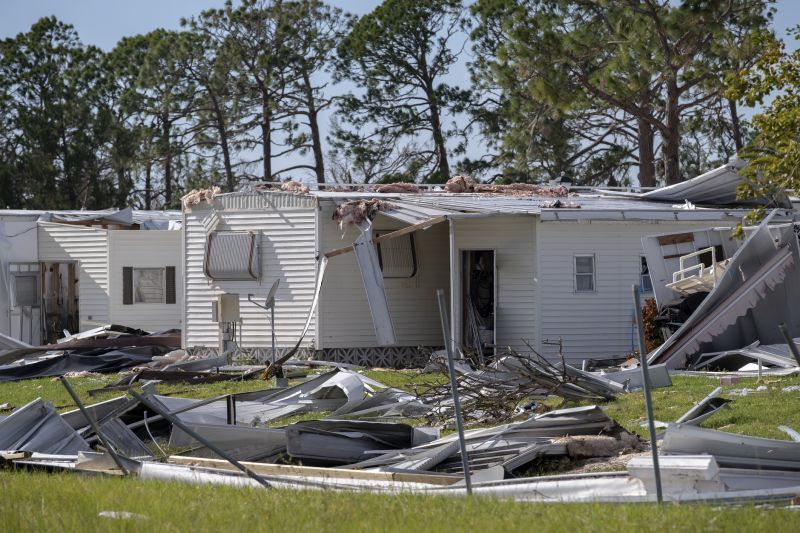
Examples that show the impact a good Storm Restorations can make.
Interested property owners in Huntington Station can consider scheduling storm restorations during the most suitable seasons to ensure safety, efficiency, and cost-effectiveness. Proper timing can also help prevent further damage and extend the lifespan of repairs.
